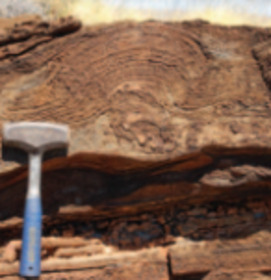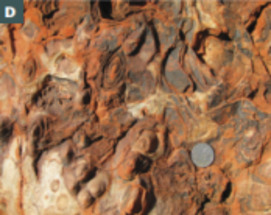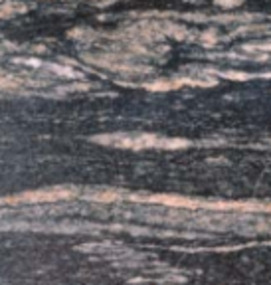Biogeochemical Cycling of Nitrogen on the Early Earth
Variations in the nitrogen isotope composition of ancient organic matter and associated sediments provide clues for the early evolution of Earth’s atmosphere–ocean–biosphere system. In particular, large isotopic variations have been linked to the protracted oxygenation of Earth’s atmosphere during the Precambrian. Important problems being investigated include the nature of the variations observed at specifi c times in Earth’s history and the degree of preservation of ancient nitrogen biogeochemical signatures during diagenesis and metamorphism. Interpreting these records in Archean sedimentary environments and their possible implications for the evolution of Earth’s early atmosphere, ocean, and life is challenging.
Biogeochemical Cycling of Nitrogen on the Early Earth Read More »




